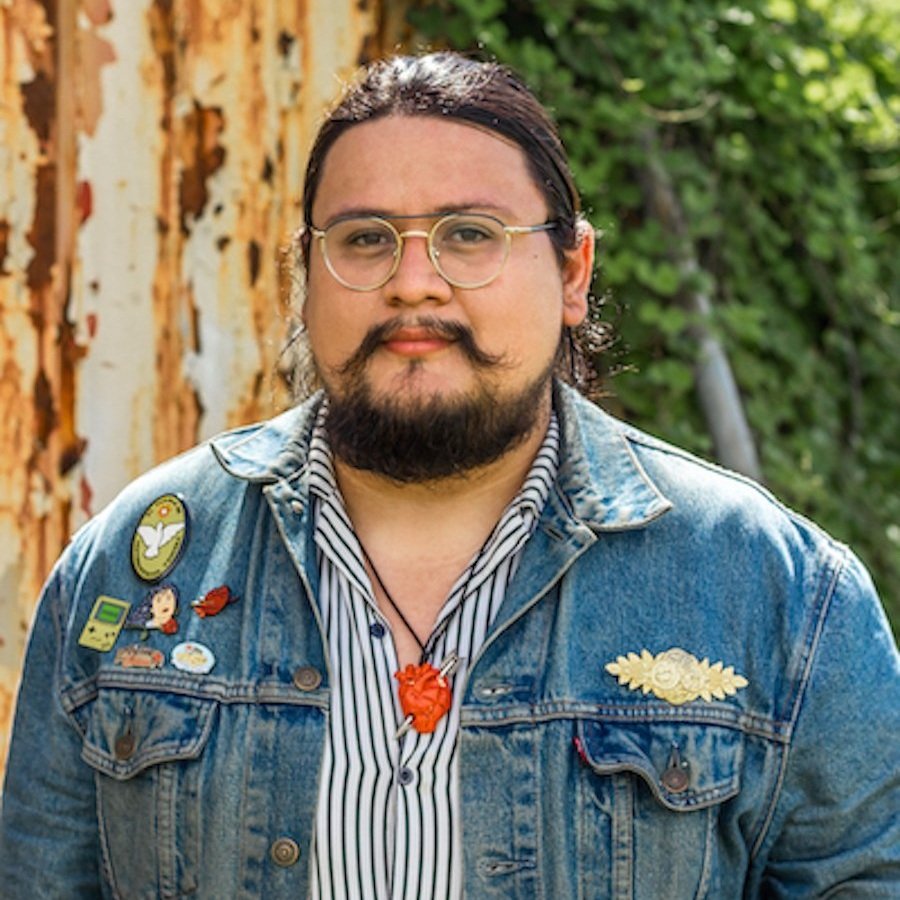Introduction / Introduccion
by Reyes Ramirez
grid (noun): A network of lines, esp. two series of regularly spaced lines crossing one another at right angles…
-Oxford English Dictionary
I lived in and moved out of many squares throughout my life. In B2, I drank until I wept myself thirsty; in 13, I finally slept after a hurricane turned the streets into rivers. I have no idea what happened in B1 even though only two layers of dry wall separated my neighbor and me; nor in 14 except when suddenly, I saw a record player amongst all of their evicted belongings thrown into garbage bags that crowded the hallway for a week.
*
Houston is a series of grids: streets, buildings, shopping malls, the electricity illuminating their contents and the blueprints that envisioned them all. What makes H-Town different is its infamous lack of governance regarding land use (except in rare cases, most of which benefit the affluent through deed restrictions). The emptiness of the squares on these urban grids have always been conduits for the Houstonian imagination. I’ve lived in an apartment complex that, within a five-minute walking radius of a predominantly Black & Brown block, had a movie theater, several restaurants, a gas station, food trucks, auto repair garages, a bar, a laundromat, a sex shop, and three elementary-age schools.
*
One of Modern Art’s distinguishing factors, according to Rosalind Krauss, is the presence of grids. However, in the context of white art, the grid itself is a diagrammed white space that prioritizes white aesthetics since white humanity is inherently valued in Western society. For POC, the grid itself is a mechanism of oppression to be seized and either abolished or decolonized, like a prison or urban planning that places resources outside of neighborhoods of color.
*
A playfulness with grids pervades the consciousness of Houston art and artists, notably through work subverting the grid’s utilitarian purpose by repurposing the form to serve POC aesthetics.
*
What is often a dehumanizing tool used to pack data and human lives into squares is yet another oppressive method used by American capitalism that marginalized communities have to reconcile with for their lives to flourish. Grids have a power to quantify how much is ‘necessary’ to sustain human life, and their absence can be used even further to oppress, such as the power grid in Puerto Rico and the plumbing of Flint, Michigan. It is in the nature of grids to be anti-narrative, as in there’s only one purpose of any given grid: to facilitate information and/or resources within a limited space for interpretation by a power. The grid is an abstraction of reality that places a space outside of its history to implement a consciousness. A field of grass can become a home; a burger joint becomes a cash advance agency which turns into a thrift shop until it is bulldozed over for a high rise. What does it mean to draw a grid of streets on indigenous land? A blueprint cannot have feedback from the structure itself; POC, who historically have been restrained from having generational capital, can’t either.
*
Those with the ability to dictate the nature of said grids and cull them to their benefit has mostly been in the hands of white people in America; the self-determination afforded to white, rich people to decide the aspects of a city and who has access to resources has always trumped those of communities of color through racist efforts such as gentrification, redlining, gerrymandering, citizenship documents and forms, etc. It is the forced navigation of grids and the squares within them that has inherently plagued the experience of communities of color: renting apartments rather than owning a home; having a strict file of forms that deem your existence legal in a country; being subject to the erasure of complexity in favor of a simplified structure to fit the needs of an oppressor; and knowing when to break from entrenched patterns of racism that have consistently denied POC’s self-realization. As inhabitants of a shifting metropolis, us Houstonians of color are aware that a square on a grid is a life, that we must pack as much density of our lives into oppressive structures.
*
It is through these works that THASTG displays a desire to counter the oppressive structure of grids with declarations of control in the hands of POC. Art, then, becomes a way to reappropriate and deny the oppressor’s singular vision of a tool, something that can be seized to build another foundation that can facilitate another vision.
Reyes Ramirez (he/him) is a Houstonian, writer, educator, curator, and organizer of Mexican and Salvadoran descent. He authored the short story collection The Book of Wanderers (2022) from University of Arizona Press’ Camino del Sol series and the poetry collection El Rey of Gold Teeth (2023) from Hub City Press. Reyes has been honored as a 2020 CantoMundo Fellow, 2021 Interchange Artist Grant Fellow, 2022 Crosstown Arts Writer in Residence, and awarded grants from the Houston Arts Alliance, Poets & Writers, and The Warhol Foundation’s Idea Fund.
